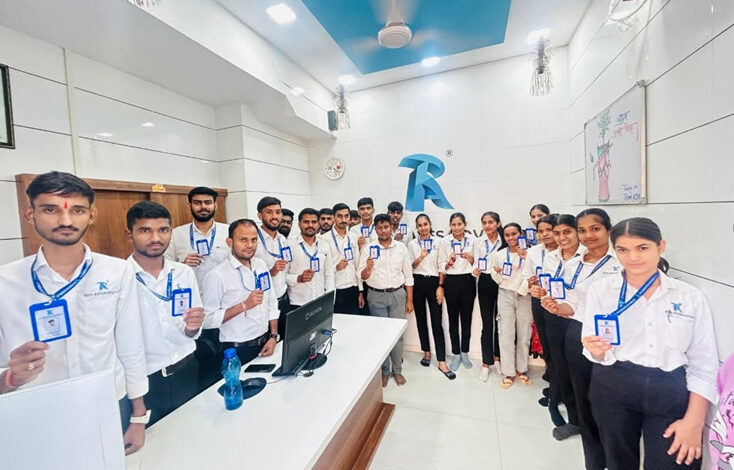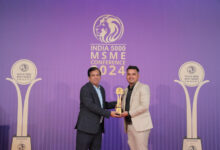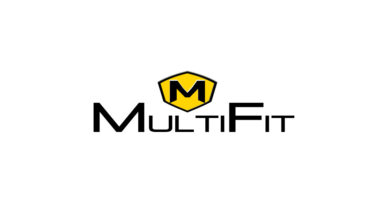RIYA ASSOCIATES ADVISORS LLP: A Leading Professional Advisory Firm

At RIYA ASSOCIATES ADVISORS LLP, we take pride in being a dynamic team of over 100 young and enthusiastic professionals dedicated to providing top-notch financial, taxation, and business advisory services. Our team comprises GST and Income Tax Experts, Company Secretaries, Consultants, Advocates, and Senior Accountants, each bringing extensive expertise across various sectors of the Indian Industry. With our unwavering commitment to excellence, we currently serve a diverse clientele exceeding 5000 clients, including corporations, proprietors, local businesses, and individuals.
Our firm is not just about supporting existing businesses in their growth; we actively assist in the formation and development of new businesses in India. From sharing innovative and profitable business ideas to aiding in company formation, legal compliance, and financial planning, we ensure that every entrepreneurial venture gets the strong foundation it deserves.
With our head office located in Kalbadevi, Mumbai, and additional branch offices in Cuttack (Odisha), Khopoli (Raigad), and Bali (Rajasthan), we have established a robust presence across the country. Furthermore, we are part of a global network of professional firms, which enables us to provide international business solutions and cross-border financial expertise.
Our Mission & Commitment
At RIYA ASSOCIATES ADVISORS LLP, our mission is clear: to provide the highest level of professional service and advice round the clock (24X7). We believe that the success of our clients is a direct reflection of our own success. With a client-centric approach, we are committed to delivering tailored solutions that foster growth, compliance, and efficiency in financial and business operations.
We are incredibly proud of our team, which consists of seasoned professionals with over 15 years of experience in their respective fields. Each member is dedicated to delivering insightful solutions, ensuring regulatory compliance, and maintaining financial accuracy to help our clients navigate the complexities of the ever-evolving financial and legal landscape.
Our Core Expertise
We offer a comprehensive range of services catering to the diverse needs of businesses, individuals, and corporations. Our expertise spans across:
- Taxation Services
- GST Compliance & Advisory: GST registration, return filing, GST audit, and strategic GST planning to minimize tax liabilities.
- Income Tax Consultancy: Tax filing, advance tax computation, income tax planning, and assessment handling.
- Corporate Taxation: Tax structuring for companies, ensuring legal compliance while maximizing benefits.
- Accounting & Financial Services
- Bookkeeping & Accounting: Maintaining accurate and timely financial records.
- Financial Reporting: Preparation of balance sheets, profit & loss statements, and other financial documents.
- Payroll Management: Salary structuring, payroll processing, and tax deductions for employees.
- Budgeting & Forecasting: Helping businesses plan their financial future with detailed financial projections.
- Business Registration & Corporate Compliance
- Company Formation: Assisting entrepreneurs in setting up businesses, including Private Limited Companies, LLPs, and Sole Proprietorships.
- ROC (Registrar of Companies) Filings: Ensuring companies remain compliant with MCA (Ministry of Corporate Affairs) regulations.
- Annual Compliance: Filing necessary returns, conducting board meetings, and maintaining statutory records.
- Legal & Advisory Services
- Business Agreements & Contracts: Drafting and reviewing business contracts, MOUs, and agreements.
- Intellectual Property Rights (IPR) Protection: Trademark registration, copyright filings, and patent consultancy.
- Litigation Support: Legal assistance in tax disputes and other business-related cases.
- Business Advisory & Consultancy
- Business Setup Consultation: Feasibility studies, market research, and investment planning.
- Financial Due Diligence: Risk assessment, financial auditing, and valuation services.
- Automation of Accounting Systems: Implementing ERP solutions and accounting software for seamless financial management.
Why Choose Us?
- Experienced & Skilled Team
Our team consists of professionals with diverse expertise and an in-depth understanding of tax laws, accounting principles, and business strategies. We bring over a decade and a half of industry experience, ensuring that our clients receive the best-in-class service.
- Comprehensive & Customized Solutions
Every business is unique, and so are its financial and legal requirements. We provide tailor-made solutions that address specific client needs, ensuring compliance, efficiency, and profitability.
- National & International Reach
With our strategic office locations across India and a strong affiliation with global networks, we offer both domestic and international business solutions. Whether you are an Indian business looking to expand globally or a foreign entity aiming to set up in India, we are equipped to guide you through the process.
- Technology-Driven Approach
We leverage advanced accounting and tax software, ensuring accuracy, efficiency, and seamless financial management. Our automation services help businesses streamline their financial operations, reducing manual efforts and errors.
- 24X7 Client Support
Business never sleeps, and neither do we. Our commitment to round-the-clock availability ensures that our clients receive immediate assistance whenever required. Our dedicated support team is always on standby to address queries and resolve issues promptly.
Our Support Staff & Operational Excellence
Beyond our core professional team, we have a dedicated support staff consisting of experienced administrative and operational professionals. Their role is to ensure the smooth functioning of our firm’s daily operations while assisting our core team in delivering high-quality services. They play a crucial role in managing client communications, scheduling consultations, and ensuring that our clients receive seamless and timely services.
Expanding Horizons: Our Vision for the Future
As we continue to grow, we remain committed to enhancing our services and expanding our reach. Our vision for the future includes:
- Expanding our network of offices to cater to a larger client base across India and abroad.
- Adopting the latest financial technologies to provide smarter and more efficient solutions.
- Strengthening our team by adding more professionals with diverse expertise to better serve our clients.
- Building strategic partnerships with international firms to facilitate global business expansions.
Final Thoughts
At RIYA ASSOCIATES ADVISORS LLP, we are more than just financial consultants; we are partners in your business success. Our mission is to empower businesses and individuals with the knowledge, strategies, and tools needed to achieve financial stability, regulatory compliance, and sustained growth.
With a team of dedicated professionals, a client-centric approach, and a commitment to excellence and integrity, we are here to support you every step of the way. Whether you are a startup, a growing business, or an established corporation, we have the expertise and solutions to help you thrive in the competitive business landscape.
For consultation and inquiries, feel free to reach out to us at any of our offices or contact us through our 24X7 support services. Let us help you navigate the complexities of finance, taxation, and business management with confidence.
Your success is our priority!






